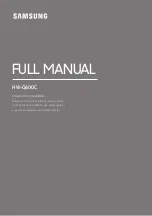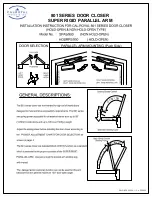
4
Thermoflasks
Before using your any vessel, carefully inspect it. Check for signs of
damage, such as scratches, chips or discoloration of glass. If any damage is
found, do not use! It is advisable to fill (see Filling Instructions) all new
units with liquid nitrogen and watch liquid nitrogen loss rate for a few
days. If there are any problems, call Technical Services as soon as possible.
Use a wooden yardstick to measure liquid nitrogen level. Level will be
indicated by frost line which develops when dipstick is removed and waved
in a back and forth motion away from the user.
To avoid damage to your cryogenic storage vessel which may result in
premature vacuum loss, it is important that the following procedure be
used during the addition of liquid nitrogen to a warm vessel:
1. Add only a small amount of liquid nitrogen (10% of unit volume) to
new or warm vessels.
2. Allow this small amount of liquid nitrogen to sit in the covered vessel
for a minimum of 2 hours. This will limit stress caused by the sudden
temperature change associated with adding liquid nitrogen to a warm
vessel.
3. Add an additional 20% of unit volume of LN
2
to vessel.
4. Allow vessel to sit for 48 hours and monitor liquid nitrogen
consumption.
5. Fill vessel as desired. Remember to allow for displacement of liquid
nitrogen when canisters and canes are inserted.
6. Insert and remove samples slowly. Allow liquid nitrogen to run out of
samples.
Caution
Never overfill liquid nitrogen vessels.
s
Operation
Glass Lined Dewar
Sealed Vacuum
Container























